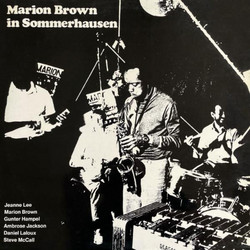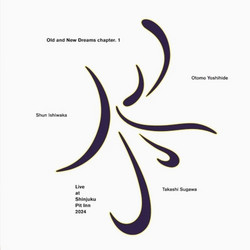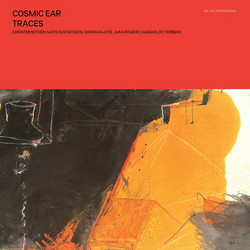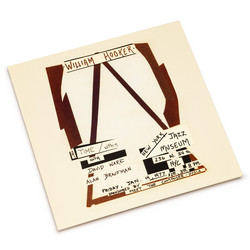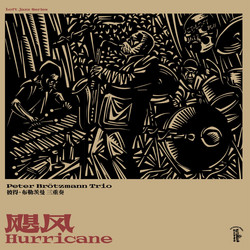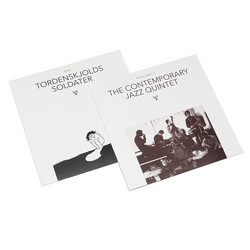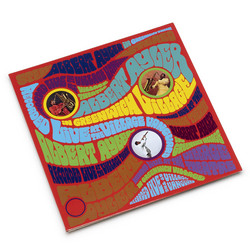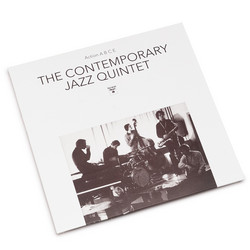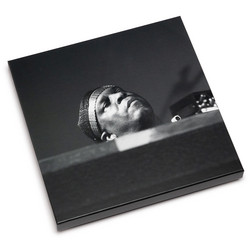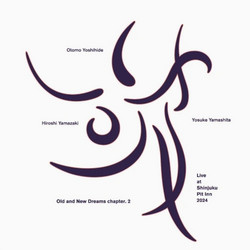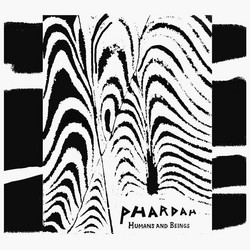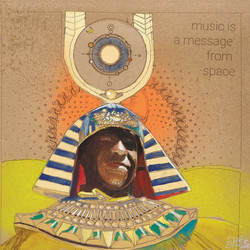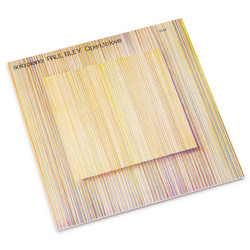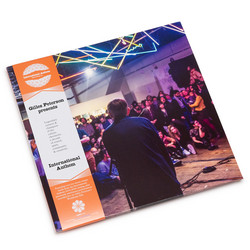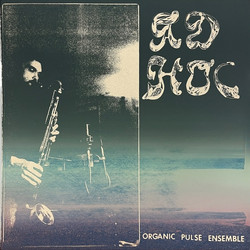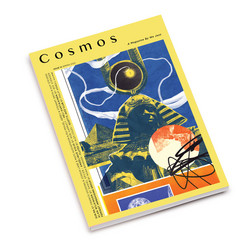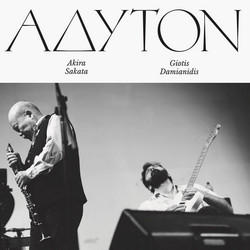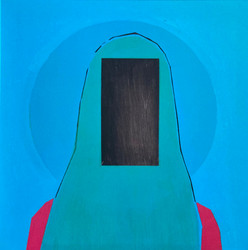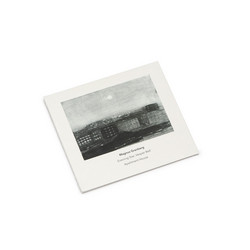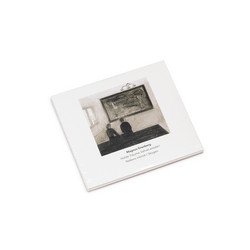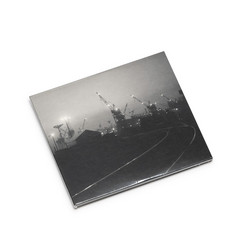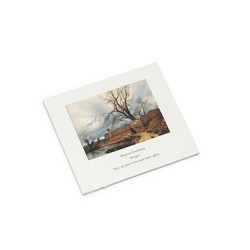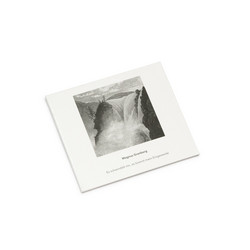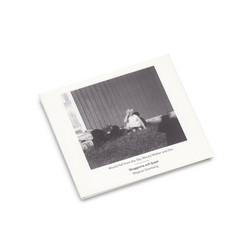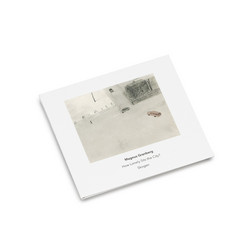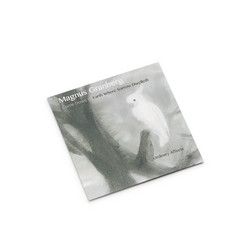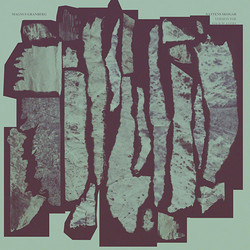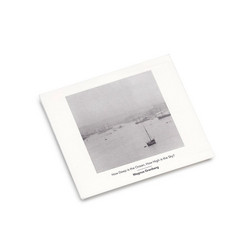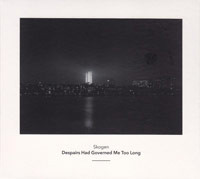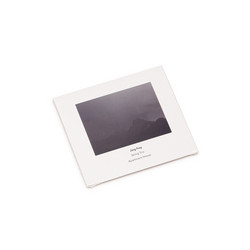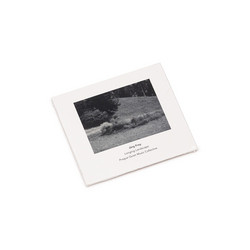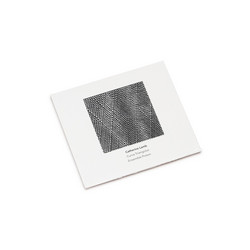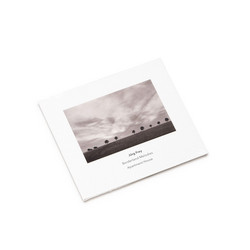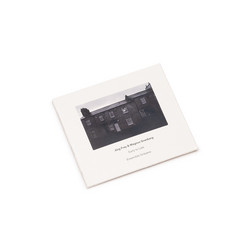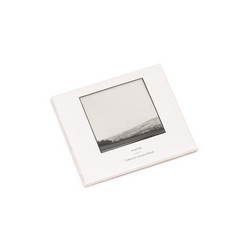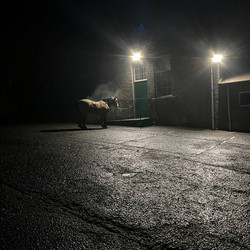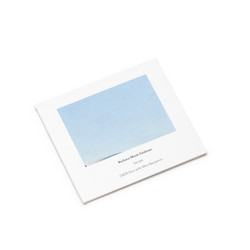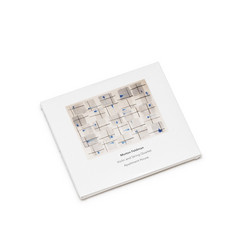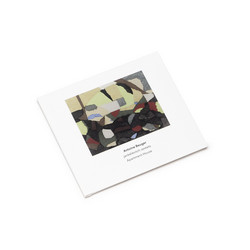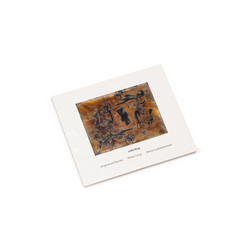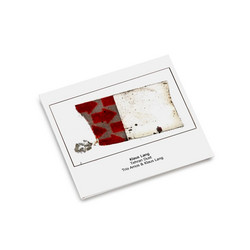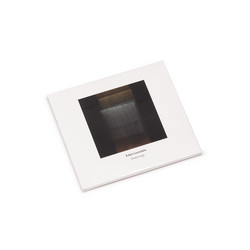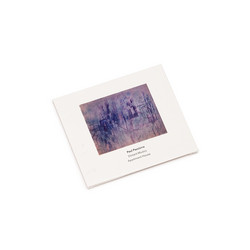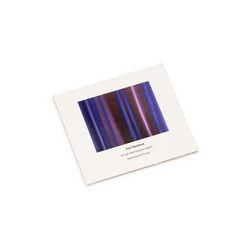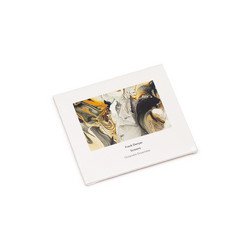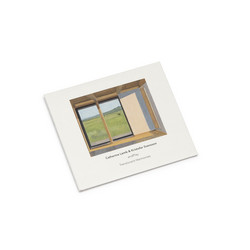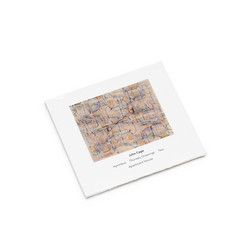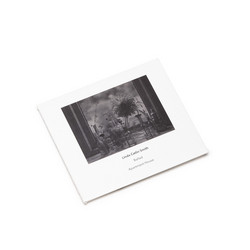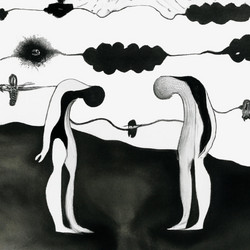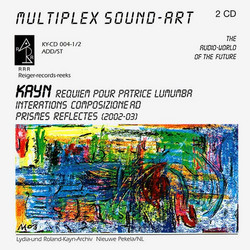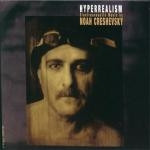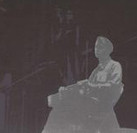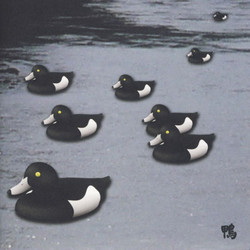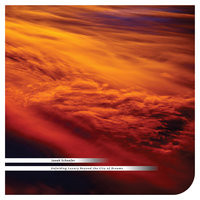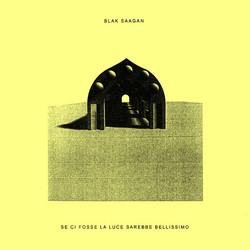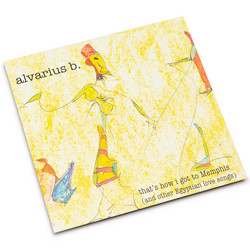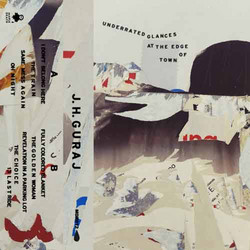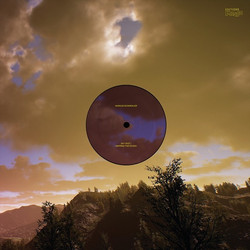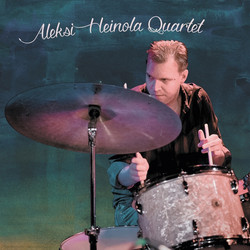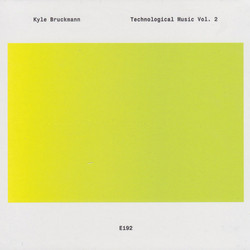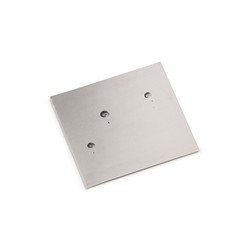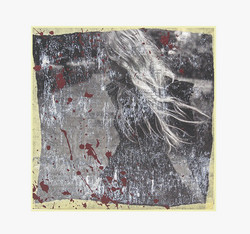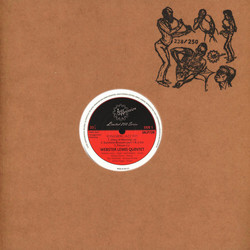Magnus Granberg, piano. Angharad Davies, violin. Leo Svensson Sander, cello. Erik Carlsson, percussion. John Eriksson, vibraphone & crotales. Petter Wstberg, electronics. Henrik Olsson, bowls and glasses. Anna Lindal, violin. Toshimaru Nakamura, no input mixing board.
“Ist gefallen in den Schnee is a single, hour long composition scored by Magnus Granberg and performed by the group Skogen, which on this occasion consisted of nine musicians, seven of them Swedish and two of them (Toshimau Nakaumra playing no-input mixer and Angharad Davies playing violin) guest musicians visiting the country. The Swedish line up were, Anna Lindal, (violin) Leo Svensson Sander, (cello) John Eriksson, (vibraphone and crotales) Erik Carlsson, (selected percussion) Henrik Olsson, (bowls and glasses) Petter Wastberg (objects, contact mics and mixing board) and Granberg himself playing piano. In an in-depth interview about the composition at the AT website, Granberg states that the score uses two points of source material; a couple of Schubert’s songs, which he has somehow used to drive the rhythmic sections of the composition, and a jazz melody, from which he has derived the tonal parts. Exactly how he has done this is far from clear, and before I had read the interview I was in firm agreement with the AT label owner Simon Reynell’s viewpoint that the music seems to be a kind of collision between the music of Morton Feldman and an intervening improvised sense of disruption.
The music is extremely lovely to listen to, a really nice balance between semi-classical instrumentation and the abstraction of raw electronics. Ist gefallen in den Schnee (the title apparently comes from a line in a Schubert song and might translate to Is fallen in the snow) opens with a slow, clockwork like structure of chiming percussion and plucked strings mixed with twittering electronics from (I think) Nakamura. Immediately I think of Feldman, and when the violin strings join the chains of simple, slowly picked out piano the resemblance is even more striking, but all along the chamber feel of the music is disrupted slightly by the electronics, which are apparently much more loosely scored for than the other parts, so allowing the improvisatory qualities of these musicians to interact with an otherwise slowly turning, lethargic but steady rhythmic pulse. It really does feel like a late Feldman work with electronic accompaniment, and that’s not a bad thing at all in my opinion.
As the piece slowly develops it becomes more dense, with less room for silence and individual sounds less easy to pick out and focus upon, but the sense of precise timing very apparent and the slow pace maintained immaculately throughout, even when the thickness of the varying sounds together could prosily have lead to an excited quickening of the pace. Several of the musicians’ inputs are familiar to me; Carlsson’s particular use of circular percussive chimes, the lightness of Angharad Davies’ violin stroke, the filigree scribbles of Toshi Nakamura behind a mixing board, but this CD isn’t about individual voices but rather a carefully structured work for a nine piece group that maintain a sense of control throughout, even with some of their input entirely improvised. There are some gloriously beautiful moments. At nine minutes in when the piano mixes its way through some glowing cyclical percussion is one such moment to savour, but they actually come thick, if not fast. While first listening to this music a couple of weeks back I found myself asking myself why the two electronics musicians were here on this CD, when their role seems only ever to be about disrupting what might otherwise be a very typically New York School piece of composition. I didn’t think this way for too long though, as I soon realised that the real intrigue in this music comes from the way two musical worlds seem to collide, the almost regimentally arranged acoustic instruments and the free flowing electronics. While the feedback and fizzing remain very slightly in the background throughout and never try and push to the acoustic sounds out of the way their presence here is a telling one, reminding us that we aren’t listening to something tightly dictated but an experiment in such a collision of approaches and outcomes. The end result of all of this is a quite enchanting, often intrinsically fascinating hour of music that questions itself as much as it challenges the individual taste of its listenership. Lovely stuff, quite beautiful but open to examining exactly that notion about itself.“
Richard Pinnell, The Watchful Ear
Recorded November 2010 in Stockholm



